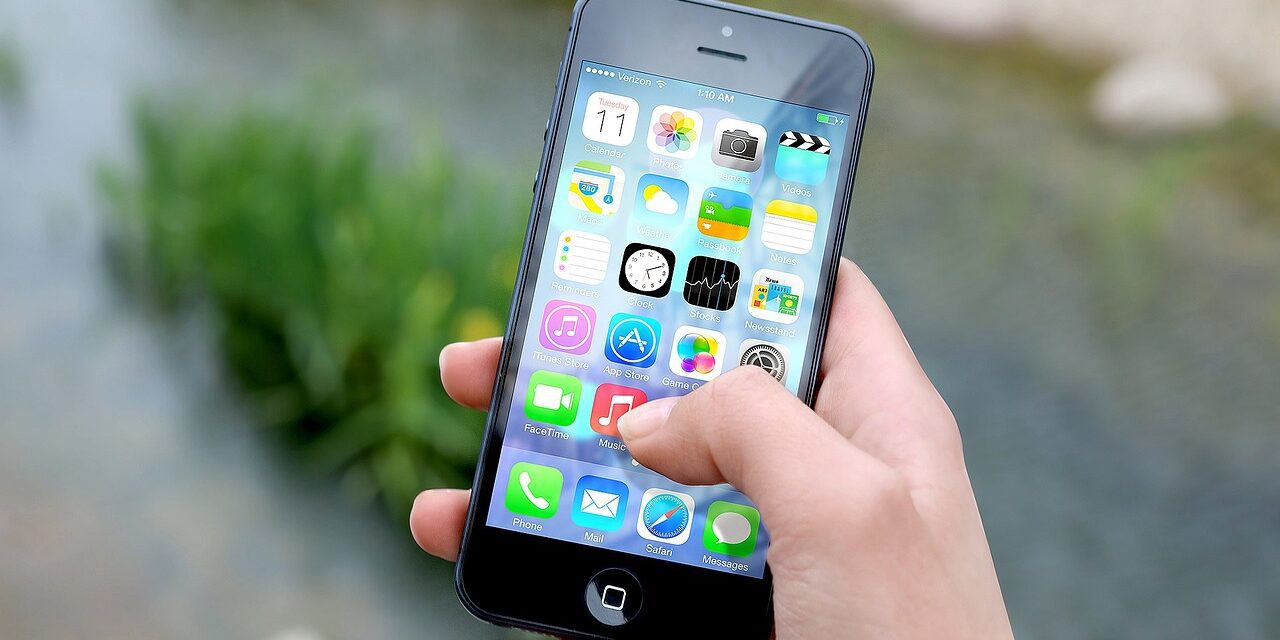Introduction to Apple iPhone
The Apple iPhone, a revolutionary device that has transformed the way we communicate, work, and live, has had an incredible journey through the years. Since its introduction in 2007, the iPhone has undergone numerous transformations, setting the gold standard for smartphones worldwide. In this blog, we’ll take a fascinating journey through the evolution of the Apple iPhone, highlighting the groundbreaking innovations that have defined each generation.
-
iPhone (1st Generation) – 2007
The journey begins with the original iPhone, released in 2007. It was a game-changer, combining a phone, iPod, and internet communication device in one sleek package. With its multi-touch interface and mobile Safari browser, it set the stage for the smartphone revolution we see today. The 2-megapixel camera, App Store, and sleek design made it a phenomenon.
-
iPhone 3G – 2008
In 2008, the iPhone 3G arrived, introducing 3G network support for faster data speeds and GPS for location-based services. This model made the iPhone more accessible and appealing to a wider audience, ultimately solidifying its presence in the global smartphone market.
-
iPhone 3GS – 2009
The iPhone 3GS, released in 2009, brought improved performance, a 3-megapixel camera with video recording, and voice control. It was a step towards making the iPhone an indispensable tool for both personal and professional use.
-
iPhone 4 – 2010
The iPhone 4, with its Retina Display and sleek glass and stainless steel design, set a new standard for smartphone aesthetics. It introduced FaceTime for video calls and a 5-megapixel camera with LED flash. This was a leap forward in terms of both hardware and software capabilities.
-
iPhone 4S – 2011
The iPhone 4S was released in 2011 with a significant innovation: Siri, a voice-controlled virtual assistant. This marked a major step towards integrating AI into our daily lives, making the iPhone an even more intelligent companion.
-
iPhone 5 – 2012
The iPhone 5, known for its taller 4-inch display, lightning connector, and improved performance, was a notable upgrade. This model set the stage for the larger screens that would become a standard feature in later iPhone generations.
-
iPhone 5S and 5C – 2013
In 2013, Apple released two models: the high-end iPhone 5S and the colorful iPhone 5C. The 5S introduced the Touch ID fingerprint sensor, bringing biometric security to the masses. Meanwhile, the 5C catered to those who wanted a more affordable option without sacrificing quality.
-
iPhone 6 and 6 Plus – 2014
The iPhone 6 and 6 Plus marked a significant shift in design with larger 4.7-inch and 5.5-inch displays. This change was a response to the growing demand for bigger screens, catering to those who wanted more immersive experiences and multitasking capabilities.
-
iPhone 6S and 6S Plus – 2015
The iPhone 6S and 6S Plus, introduced in 2015, brought 3D Touch, which added a new dimension to touchscreen interaction. With the ability to sense different levels of pressure, 3D Touch opened up new possibilities for app interaction and navigation.
-
iPhone 7 and 7 Plus – 2016
The iPhone 7 and 7 Plus continued to refine the iPhone experience with improved cameras, water resistance, and the removal of the headphone jack. The dual-lens camera on the iPhone 7 Plus marked a significant milestone in smartphone photography.
-
iPhone 8 and 8 Plus – 2017
The iPhone 8 and 8 Plus maintained a familiar design but introduced wireless charging, a faster A11 Bionic chip, and augmented reality capabilities. These devices laid the foundation for Apple’s ARKit framework, which would revolutionize augmented reality applications.
-
iPhone X – 2017
The iPhone X was a radical departure in design with its edge-to-edge Super Retina Display and the removal of the home button. Face ID replaced Touch ID for facial recognition, setting a new industry standard for security and convenience.
-
iPhone XS, XS Max, and XR – 2018
In 2018, Apple introduced the iPhone XS, XS Max, and XR. These models featured improved cameras, A12 Bionic chip, and the XR offered a more affordable option with colorful designs. The iPhone XR’s LCD Liquid Retina Display showcased Apple’s commitment to providing quality across all price ranges.
-
iPhone 11, 11 Pro, and 11 Pro Max – 2019
The iPhone 11 series brought significant camera improvements, including Night mode, Deep Fusion, and improved video capabilities. With these devices, Apple continued to emphasize its prowess in photography and video.
-
iPhone SE (2nd generation) – 2020
The 2020 iPhone SE offered a budget-friendly option with the performance of an iPhone 11, proving that innovation wasn’t just about high-end devices. This model brought the power of Apple’s A13 Bionic chip to a more affordable market segment.
-
iPhone 12 and 12 Pro – 2020
The iPhone 12 series introduced 5G capabilities, MagSafe, and OLED displays across the lineup. These devices reaffirmed Apple’s commitment to cutting-edge technology and a more sustainable future with their eco-friendly designs.
-
iPhone 13 – 2021
The iPhone 13 series continued the trend of camera enhancements, introduced ProMotion displays for smoother scrolling, and further improved battery life. Apple’s ongoing commitment to innovation and user experience was evident.
Conclusion of Apple iPhone
The journey through the evolution of the Apple iPhone showcases the incredible innovations that have shaped our lives over the past decade and a half. From its humble beginnings in 2007 to the latest cutting-edge technology in 2021, the iPhone has consistently pushed the boundaries of what a smartphone can do. As we look ahead to the future, we can only anticipate more groundbreaking innovations from Apple, further solidifying its position as a leader in the world of technology. The iPhone’s journey is far from over, and the next chapters are sure to be just as exciting.





